What’s the deal with clean label?
- Like
- Digg
- Del
- Tumblr
- VKontakte
- Buffer
- Love This
- Odnoklassniki
- Meneame
- Blogger
- Amazon
- Yahoo Mail
- Gmail
- AOL
- Newsvine
- HackerNews
- Evernote
- MySpace
- Mail.ru
- Viadeo
- Line
- Comments
- Yummly
- SMS
- Viber
- Telegram
- Subscribe
- Skype
- Facebook Messenger
- Kakao
- LiveJournal
- Yammer
- Edgar
- Fintel
- Mix
- Instapaper
- Copy Link
Posted: 26 August 2019 | Bethan Grylls (New Food) | 2 comments
As the health conscious craze continues to surge in popularity among consumers, the demand for clear labelling and nutritious, buzz-word ingredients becomes ever more important.
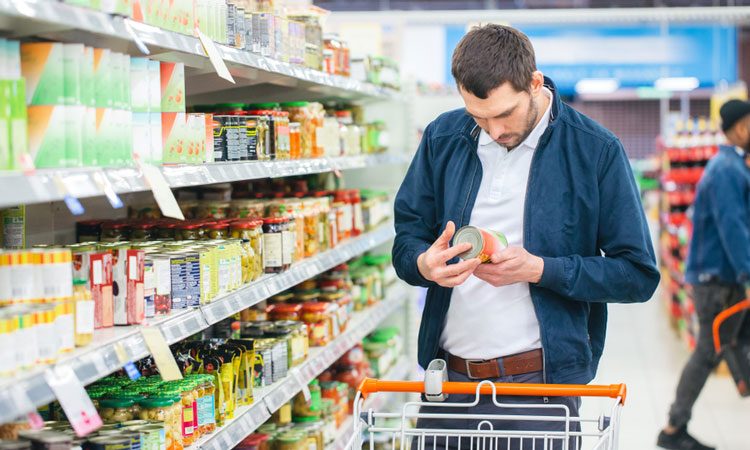

The decisions shoppers make in the supermarket are one way to make a difference.
With clean label having transition from trend to must-have, New Food took the time to speak with Steve Taormina, Business Unit Manager for NSF International’s Consumer Values Verified Program, to get a better understanding of this latest movement.
Define ‘clean label’
From a consumer perspective, a ‘clean label’ product is likely to be something considered as simple and wholesome. It will have labelling claims about what’s not in the product such as, no artificial flavors/colours/preservatives, sugar-free, soy-free, com-free, non-GMO, gluten-free, and allergen friendly.
Why is clean label trending?
Clean label as a concept and term seems to have really picked up in the last decade or so; it’s a natural evolution as a kind of ‘catch-all’ phrase that encompasses the broad list of ‘free-from’ claims. It nicely matches with consumers’ desires to find products with simpler ingredient panels that they can read without having questions about what’s in their foods.
With regards to current consumer demands, pea protein seems to be one of the hottest ingredients right now.
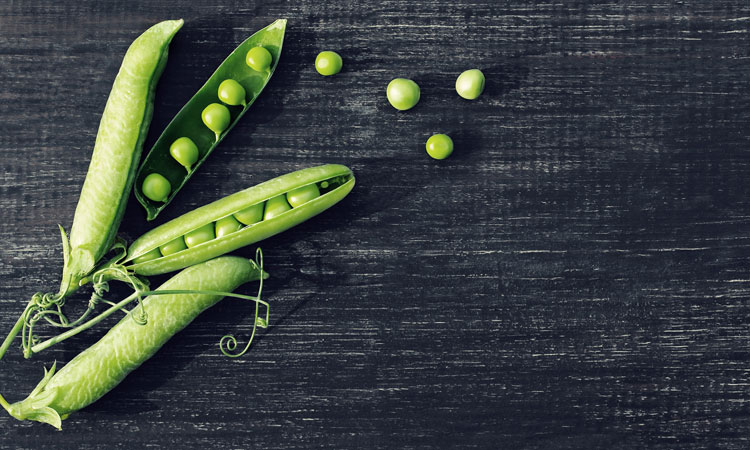

Are consumers are health-savvy?
Consumers are growing increasingly concerned about the products they put in, on and around their bodies. However, overwhelming amounts of information regarding product claims and labels – both factual and unsupported – have compromised consumer trust.
The best way to make an educated decision on the products you purchase is to look for independent third-party certification. For clean label, some relevant third-party certifications are non-GMO, gluten-free, raised without antibiotics, certified plant based, true source honey, etc. The certification mark verifies that the product is what it claims to be and has met relevant quality and safety standards.
How are companies responding to consumers seeking ‘cleaner’ ingredients?
Fortified, processed foods will always have a challenge with a short, simple ingredient deck. Brands seeking a Nutrition Facts panel that is ‘healthy’ will continue to experience the challenges of finding the ‘pure’ ingredients that also contain a higher concentration of nutrients. Of course, the products also have to meet the needs for shelf-life, stability, pricing and taste.
How will clean label develop?
I think the most interesting topic on the horizon is gene editing and ‘sustainability.’ I’m curious to see how consumers will respond to brands that use crops that have been gene edited to address climate-change issues, or perhaps to add nutritive value. I wonder if the more ‘conscientious consumers’ will accept these future products as safe and a good thing for people and the planet.
Related topics
Clean Label, Flavours & colours, Free From, Ingredients, Natural, Packaging & Labelling, Plant based, Proteins & alternative proteins, The consumer




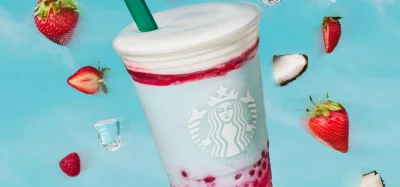
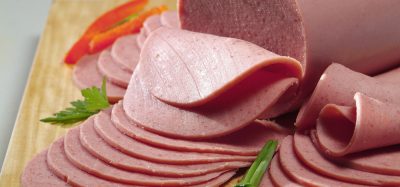
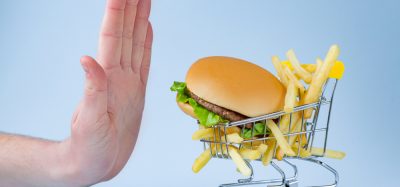



Thank you for sharing such a well-written and informative piece. I learned a lot and appreciate the depth of research you put into this!
I just wanted to express my gratitude for this post! It was well-written and informative. Looking forward to reading more from you!